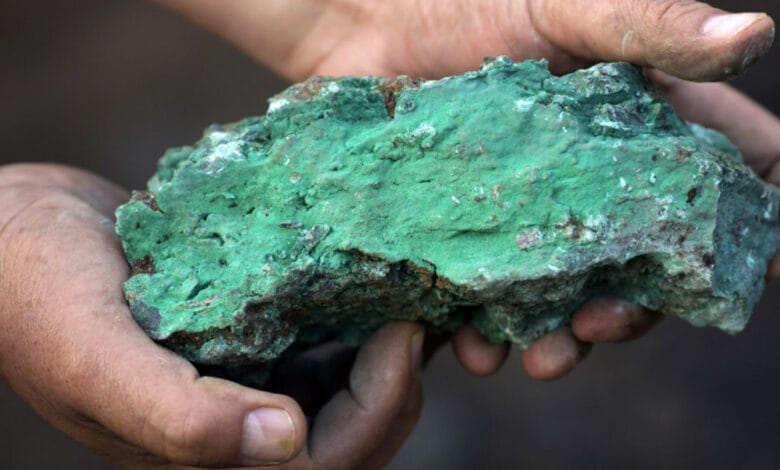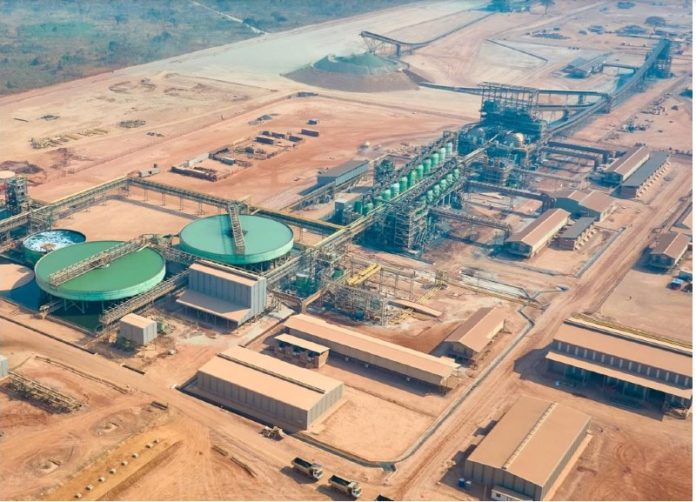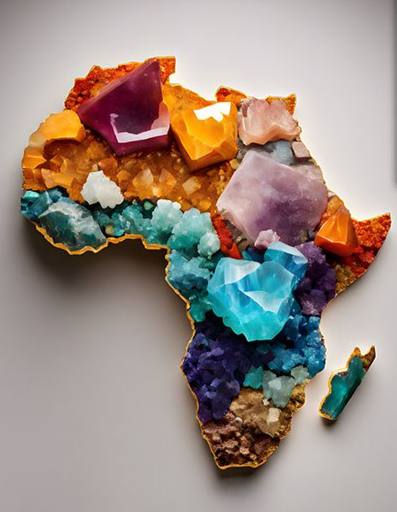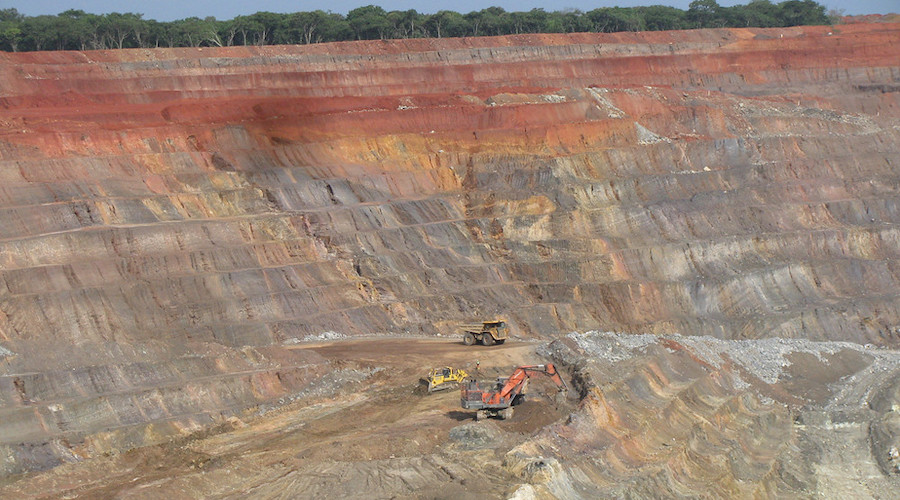Base Metals

Three mined materials found in your smartphone

Getting a new phone is so easy, you can have one as quickly as tomorrow, and we have taken for granted that new technology will come out each year. But what’s the material cost of this innovation?
In this post, we look at three mined materials that are found in your smartphone.
Precious metals
Perhaps the most instantly recognizable names in your smartphone are silver and gold, both of which are used in the circuit board. A typical iPhone holds about 0.034g of gold and 0.34g of silver– whilst this might not sound like much, the quantity does not affect the fact that they still have to be mined. They are also finite resources, meaning that each time we dig for these sparkly deposits, we’re making it a little bit harder to repeat the process.
Lithium
Found in rock and salt lakes, lithium is a crucial element in many modern technologies. Used to create lithium-ion batteries, it’s the material that allows them to be recharged, as opposed to having to replace the battery each time. Lithium is also therefore used in technology such as electric cars and solar panels, so has seen soaring demand in recent years as sustainable technology becomes more commonplace.
Cobalt
Cobalt is another key component of your phone battery, as well as the circuit board. This is a metal that is surrounded by controversy, thanks to the primary mining location – the Democratic Republic of Congo. This is a problem because the DRC has a history of supplying ‘conflict minerals’, where production is tainted by violence between mining groups. There’s also an issue of child labor in the country and poor working conditions.
Efforts have been made in recent years track the supply chain of phone materials in order to ensure that big companies are only supporting miners who act ethically and sustainably. There’s also been calls to try and widen the number of countries cobalt is sourced from, so that the world is not as reliant on one geographical area.
The importance of phone recycling
With all these precious metals and minerals in limited supply, it’s more important than ever that we contribute where we can. As well as trying to only upgrade our devices when necessary, rather than as routine, we can also ensure that we’re recycling any phones that we no longer need.
Rather than letting your devices gather dust under the bed, take them to a recycling station. They can then either be refurbished or stripped for metals and parts, reducing the amount of material that needs to be mined. Your old smartphone can directly be used to make a new one, reducing the impact of your upgrade. With 85% – 95% of smartphone’s carbon footprint created in the production process, we as individuals have the power to make a big difference.












